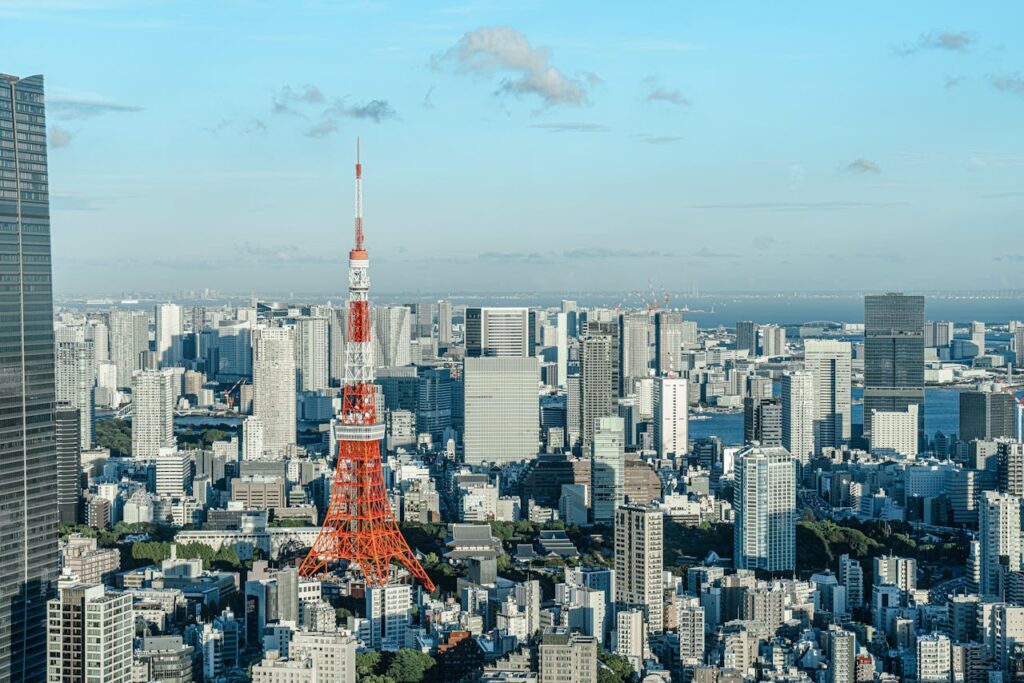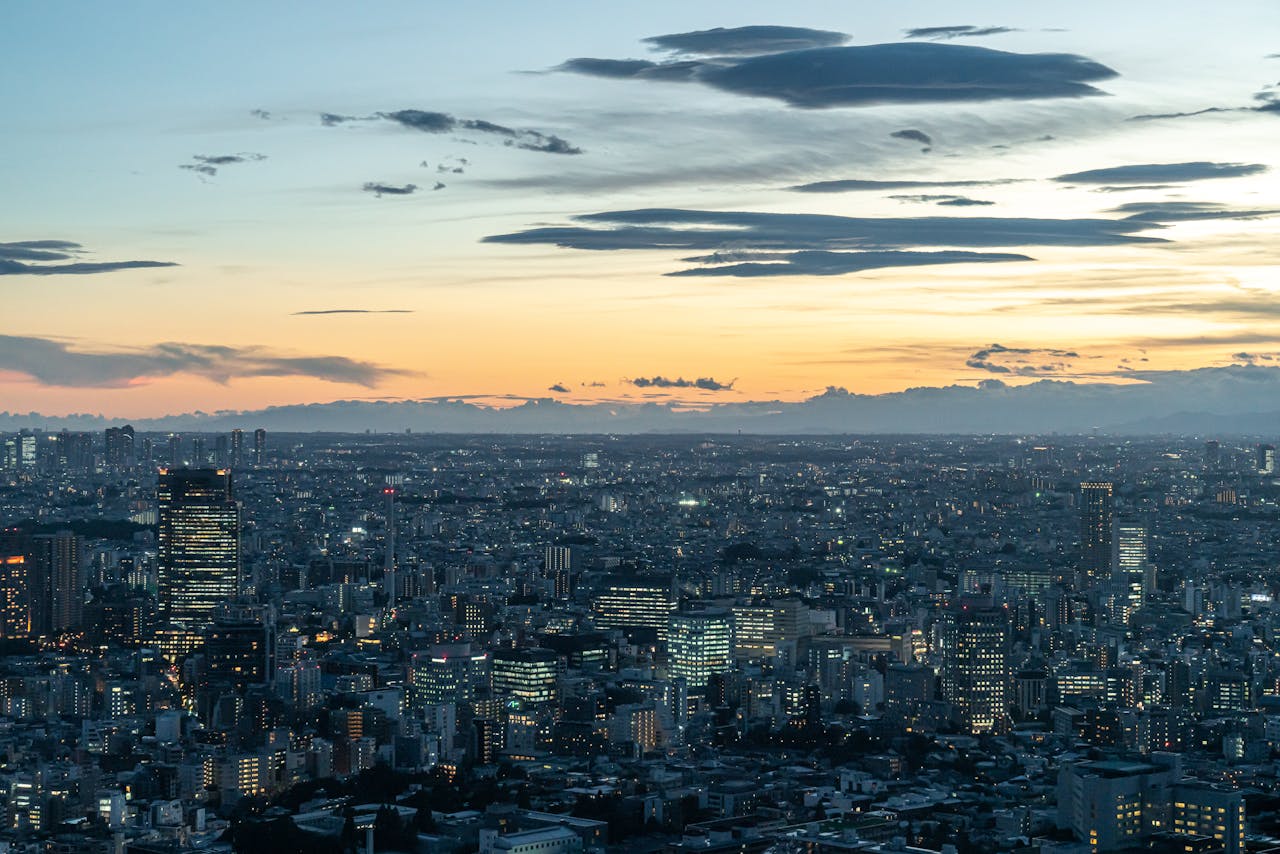Megacities: The Rise and Challenges of Urban Growth
Introduction: The Megacity Phenomenon
Demographic changes in the 21st century show that cities grow at exceptional rates through urban expansion.
Cities with populations above 10 million people which we call megacities represent the locations where economic growth meets cultural exchange with technological development.
Across Tokyo and New York and Mumbai and São Paulo these extensive metropolitan hubs represent elements of both modern development and sophisticated systems.
Recent data from the United Nations shows an exponential rise in the number of megacities spanning several decades of urban evolution.
During 1950 only two urban areas New York and Tokyo satisfied the demographic requirement for megacity status.
The global total of megacities surpassed 30 by 2023 and experts’ project more additions will emerge in coming years.
These urban behemoths expand because industrial development brings together global strategic interests while people from rural territories relocate in hope of enhanced prospects.
Though megacities drive innovation and economic power they struggle with multiple urgent problems.
The long-term survival of these urban hubs remains at risk from an excessive population density and excessive traffic and environmental contamination which persists alongside housing shortages and structural deterioration.
This blog investigates why the number of megacities continues to grow alongside their operational difficulties as well as alternate approaches to maintain their sustainable expansion.
The Driving Forces Behind Megacity Growth
A. Economic Opportunities and Employment
Urban centers called megacities pull hundreds of thousands of people who aim to work and live better.
The close proximity of diverse industries together with multinational corporations and financial institutions and tech companies generates broad employment opportunities.
Shanghai ranks as a premier global financial center which retains both blue-collar workers and highly skilled professionals.
The base of service-oriented economics combined with knowledge-based industries requires powerful infrastructure networks which megacities offer to support business success.
Economic growth resulting from special economic zones (SEZs) and business districts along with tech parks drives both population relocation and metropolitan expansion patterns.
B. Technological Advancements and Infrastructure Development
The adoption of transportation systems together with construction improvements and digital technology simplifies urban expansion enabling cities to handle rising populations.
Rapid city development receives support from high-speed rail networks, smart city technologies and the implementation of sustainable urban planning.
Modern Dubai demonstrates through its metro system along with smart city solutions the ways digital technology remolds urban daily life.
C. Population Growth and Rural-to-Urban Migration
Urban growth driven by birth rates together with people moving from rural to urban areas creates the expanding presence of megacities.
High birth rates alongside mass rural-to-urban migration occur in numerous developing regions throughout Asia and Africa because of economic differences and environmental hazards yet civil strife.
Dhaka in Bangladesh receives thousands of new residents each day because of garment industry employment together with climate forcing people to leave their homes.
D. Globalization and Cultural Influence
As global economic centers and cultural attractions megacities draw both foreign investments alongside tourists and international specialists.
Large cities such as London Paris and Hong Kong now serve as social melting chambers where several cultures and languages and traditions exist simultaneously.
Ultimately the societal richness of urban areas creates diverse social interactions which nevertheless creates substantial difficulties in multicultural city population administration.

Challenges Faced by Megacities
A. Overpopulation and Housing Crises
Population increase in megacities leads to scarce housing availability combined with expanding numbers of informal residential areas.
Places where people live in overcrowded conditions do not have access to clean water and basic amenities and proper sanitation services.
For instance, Mumbai’s Dharavi slum—one of the largest in the world—houses over one million people in just 2.1 square kilometers.
Real estate prices coupled with high rental expenses force lower-income people into unsafe substandard housing options.
Governments face challenges in creating cost-effective housing solutions therefore millions of people face deteriorating living conditions.
B. Traffic Congestion and Transportation Issues
Millions of vehicles operating in megacities create severe traffic congestion which leads to substantial economic losses from both time delays and expended fuel costs.
People in Jakarta and Manila and Cairo must dedicate multiple hours each day to their commute.
The cities showing strong results with modern public transportation systems include Tokyo through its effective rail network along with Singapore’s MRT infrastructure yet numerous cities continue to face problems stemming from poor infrastructure.
Professor Kemp wants to highlight how inadequate urban planning contributes to the problem through its creation of haphazard urban growth which blocks implementation of efficient transport options.
C. Environmental Degradation and Pollution
Global pollution arises substantially from large urban areas known as megacities.
Environmental harm from industrial emissions combines with air pollutants from vehicle exhaust and construction activities to create dangerous health situations.
New Delhi and Mexico City alongside Beijing show high pollution levels in their air quality indexes which cause lung diseases and limit human lifespan expectations.
Other environmental concerns include:
Water scarcity: Because the growing demand exceeds available freshwater supplies numerous megacities experience decreasing water resources. Recent years saw São Paulo combined with Cape Town struggle through severe water supply shortages.
Waste management: Due to their voluminous waste output large urban populations exceed their allocated waste disposal capacity. Roughly 12,000 tons of day-to-day waste from New York finds its purpose in landfills.
Climate vulnerability: Coastal megacities with Bangkok and Jakarta together with Miami face cumulative flooding risks because of uphill sea levels and worsening weather conditions.
D. Social Inequality and Urban Poverty
Economic domination does not eliminate the extreme divisions between classes that characterize megacities.
Elite city resident’s benefit from quality healthcare and prestigious education yet no fewer than a million people suffer from extreme poverty.
Workers in informal sectors who sell goods from streets or do daily labor work receive no public safety coverage as they lack permanent job incomes.
Social conditions become steadily worse because of rising crime amounts and the lack of homes for people and insufficient public services.
The cities of São Paulo along with Rio de Janeiro face ongoing battles against crime increasing through gang activity which stems from rising economic disparities together with unemployment challenges.
E. Globalization and Cultural Influence
As global economic centers and cultural attractions megacities draw both foreign investments alongside tourists and international specialists.
Large cities such as London Paris and Hong Kong now serve as social melting chambers where several cultures and languages and traditions exist simultaneously.
Ultimately the societal richness of urban areas creates diverse social interactions which nevertheless creates substantial difficulties in multicultural city population administration.
Sustainable Solutions for the Future
A. Smart Urban Planning and Green Cities
Growing megalopolises need sustainable urban planning that helps support density increases alongside living quality preservation.
Sustainable practices combined with green structures with eco-friendly transport networks and diverse use complexes foster improved living spaces.
Examples of successful initiatives include:
- Vertical gardens in conjunction with smart water systems operate throughout Singapore’s urban landscape.
- Investment from Copenhagen grew their bicycle infrastructure alongside their focus on achieving carbon-neutral status.
- Tokyo’s earthquake-resistant, energy-efficient architecture
B. Investment in Public Transportation
Effective mass transportation systems help minimize traffic jams and environmental pollution by offering better access to communities.
Several worldwide metropolitan centers including Hong Kong and Seoul and London have established an interconnected system uniting bus and bicycle-sharing and metro transport services to streamline urban motion.
Proposed solutions include:
- Expanding metro and rail networks
- Promoting electric and autonomous vehicles
- Encouraging walkable city designs
C. Affordable Housing and Slum Upgrading Programs
Government institutions and private enterprise need coordinated action for establishing reasonable housing options.
A combination of infrastructure development alongside social programs helped Medellín Colombia turn slum areas into new neighborhoods for residents to live in.
Possible approaches include:
- Subsidized housing projects
- Slum rehabilitation with improved sanitation and utilities
- Policies to prevent forced evictions
D. Environmental Policies and Climate Resilience
To fight pollution and climate change Megacities need to enforce strict environmental rules.
The main solutions for urban sustainability include renewing energy systems while establishing recycling systems and developing sustainable water resource management.
The cities of Stockholm together with Vancouver pursue extensive climate-related targets to minimize carbon output along with promoting sustainable practices.
Conclusion: The Future of Megacities
As major economic and social centers global megacities stand as central centers of worldwide development.
The remarkable opportunities to innovate and create jobs and foster intercultural exchanges come with substantial obstacles that endanger their extended future viability.
The reduction of population growth and transportation problems along with environmental harm and social disparities needs thoughtful strategies and technological funding with policies that welcome inclusion.
Through sustainable urban development coupled with smarter infrastructure and equitable social policies megacities will evolve into thriving livable environments for future populations.
The success of our global planet stands upon our effective handling of both prospects and difficulties in urban centers.
Also read: The Role of IoT in Smart Cities

